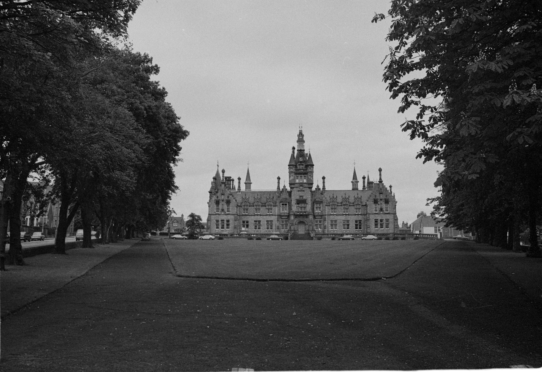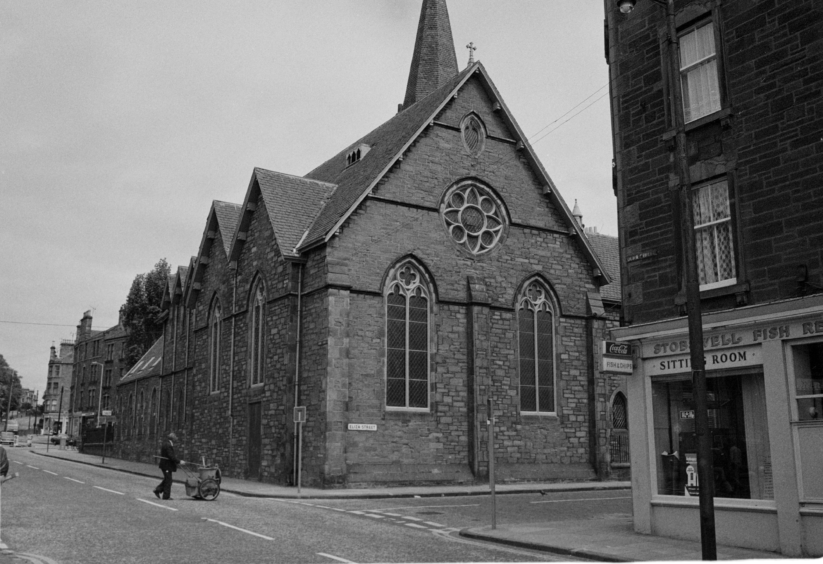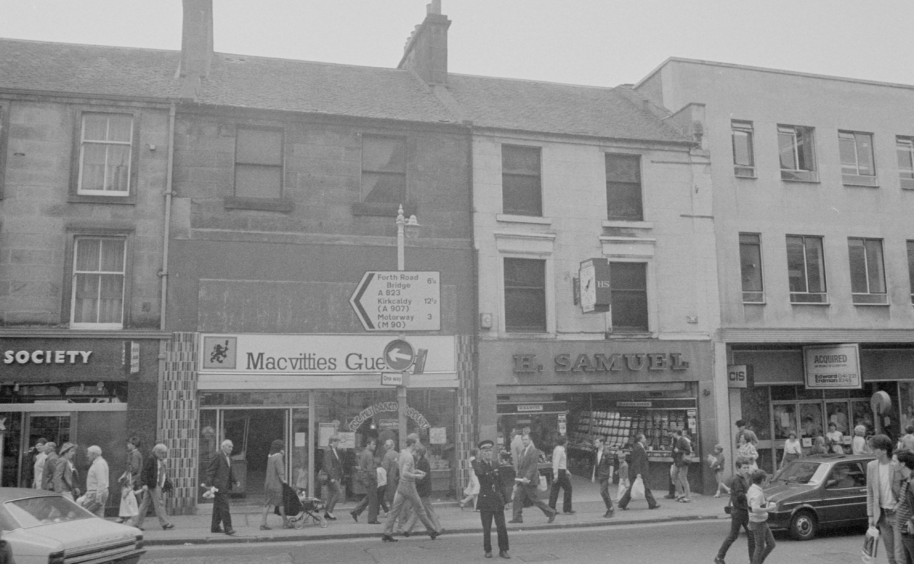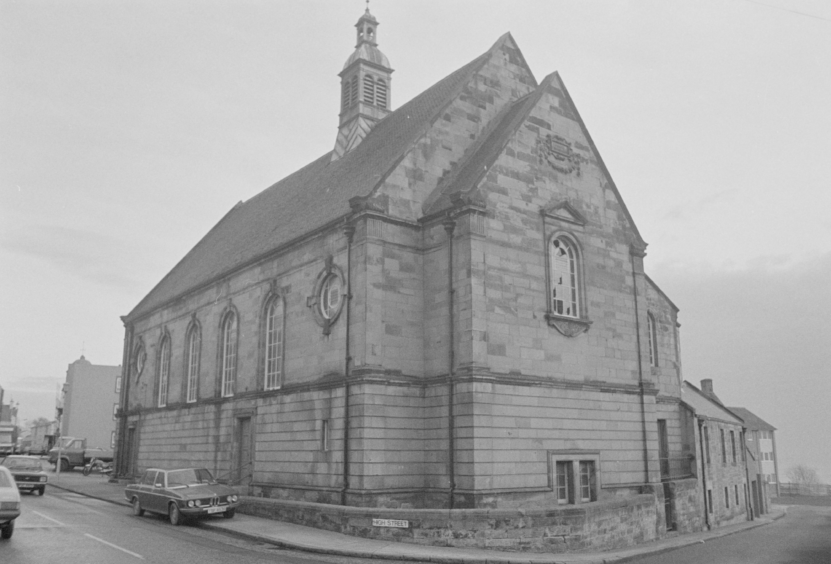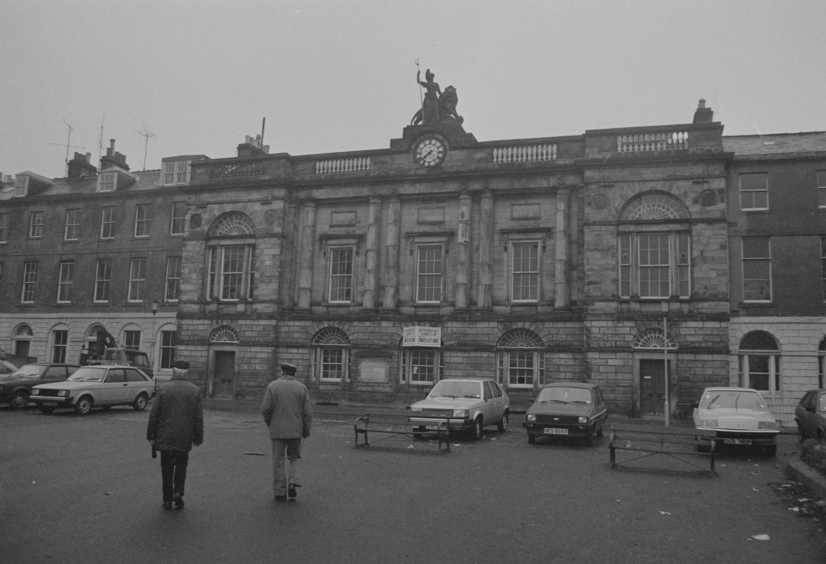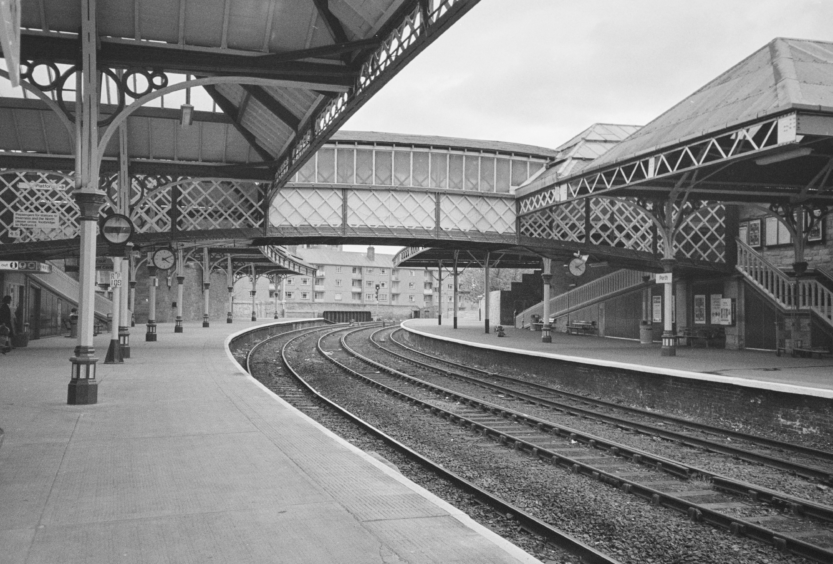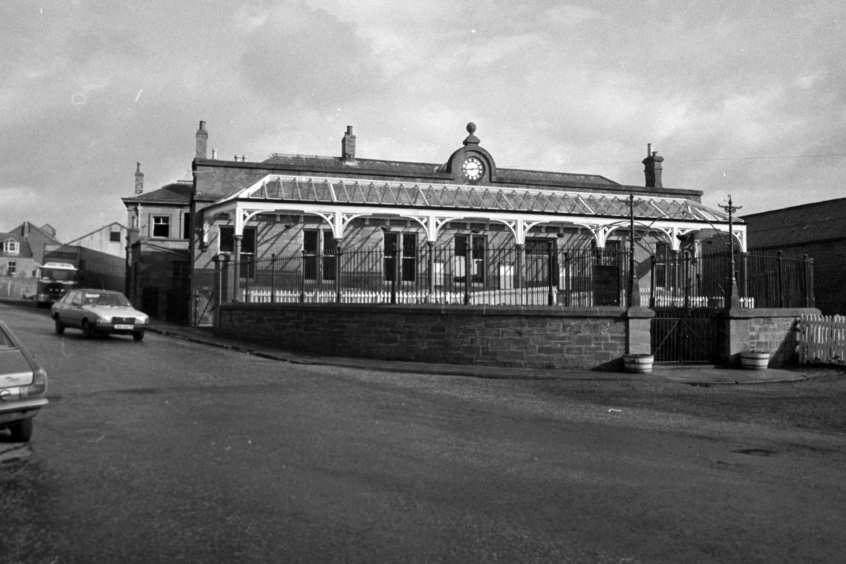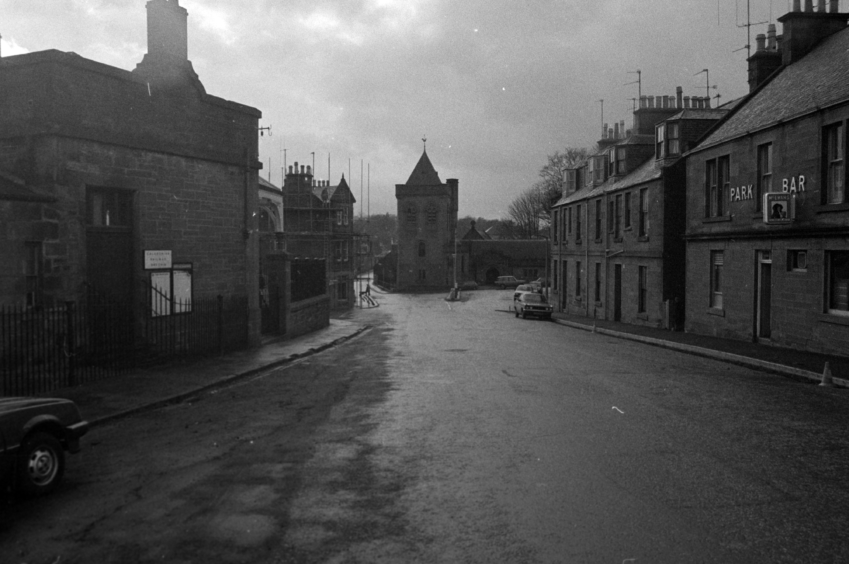Fancy turning detective and helping Historic Environment Scotland (HES) unravel the mysteries behinds thousands of intriguing historic archives?
HES has asked the public to help identify over 5,000 archive images which are now available online for the first time.
In 2019-20, over 170,000 archive items from the HES archives were digitised, with the images now being added to Canmore – the online catalogue of HES archives.
The new online records include digitised copies of photographic negatives and printed photographs from the Scottish Development Department (SDD) which was formed in 1962.
The archives showcase rural and urban Scotland in the 1970s and 1980s, from crofts in the Highlands and farms in Orkney to large estates in Fife and tenements in Glasgow.
The collection gives a rare insight into what life was like throughout Scotland at that time with pub interiors, fashion trends and interior design choices all documented.
There are also extensive records of Glasgow and Edinburgh and nearby locales, as well as Scotland’s new towns. Over 5,000 images of locations and building exterior and interiors are currently unidentified as part of this collection, with HES aiming to identify as many as possible with the help of the public.
Also digitised this year were prints relating to significant archaeological digs including images of excavations at historic sites such as Skara Brae in Orkney and Edinburgh Castle.
Approximately 14,000 prints were also digitised from personal research and work by prominent archaeologists such as Dr Euan Mackie, Roger Mercer and Vere Gordon Childe, with the oldest image dating from around 1927.
Lesley Ferguson, head of archives at HES, explains: “The public can explore the full range of our collections on Canmore where currently there are over one million digitised archives. A small amount of these images depict unidentified locations, and that’s why we are asking for the public’s help.
“These archives give a unique perspective on civic planning in the 20th Century including the development and growth of Scotland’s new towns, while the images of excavations showcase the sites that helped archaeologists unlock the secrets of Scotland’s past – from the Neolithic to the Middle Ages.
“Unfortunately, we don’t know where some of these historic photographs were taken and that’s why we are asking for the public’s help.
Perhaps there’s a photo of your street, or your local pub, or even the flat you lived in as a student. Help us discover more of Scotland’s past by visiting Canmore and letting us know if you recognise any of the places documented in these archives.”
Over a million archives documenting Scotland’s archaeological sites, buildings, industry and maritime heritage are currently available on Canmore.
So why is digitisation important and what does it mean for future generations?
“By digitising our archives, we’re able to make them available to even more people,” says Lesley.
“Digitisation helps us make heritage accessible to all as well as ensuring the long-term preservation of these important documents and photographs.
“Digitising these photographs is important for a number of reasons,” she continues. “We want to make the National Record of the Historic Environment as accessible as possible for people around the globe and digitisation means that people no longer have to travel to Edinburgh to view these historic images and documents.
“The archive is there to be used and enjoyed and digitisation means that it is freely available for people to access online and use on social media to tell their own stories, for their personal research, or for educational purposes.
“Digitisation also has a role to play in helping with the long-term preservation of the original negatives for future generations as they do not have to be handled and remain in environmentally controlled storage.”
Public response has been very positive so far. “People from across the UK and abroad have identified places that they have visited, places that they used to live in or have an emotional connection to, as well as places they used to visit on childhood holidays,” says Lesley.
“To date, members of the public have helped us to identify more than 100 previously unidentified images in our collections.”
Just some of the pictures from Courier Country, already identified in the collection, include St Ninians Square in Brechin and the Angus town’s railway station; Morgan Academy in Dundee; Stobswell Parish Church in Dundee; Burntisland High Street; Normand Hall in Dysart, also in Fife; the Old Academy in Rose Terrace in Perth; and Perth Railway Station.
Lesley explains why people will enjoy looking at the archives and helping to identify pictures: “We hope this will invoke some feelings of nostalgia and encourage people to explore Scotland’s recent history, as well as their own heritage, to find images of any places or buildings that they have a connection with,” she says. “By identifying images we are able to enhance our records which improves our understanding of these sites and Scotland’s historic environment.
“Our unidentified image gallery is updated regularly after images have been identified, so people can keep on coming back to explore more images.”
To provide HES with details or locations of its archives, please email archives@hes.scot or get in touch via Facebook and Twitter.
For Canmore, visit: https://canmore.org.uk/
To view a range of unidentified images from the Scottish Development Department archives, visit: https://canmore.org.uk/gallery/1096464
To view highlights from the Scottish Development Department archives, visit: https://canmore.org.uk/gallery/1096465
To view Dr Euan Mackie’s archives, visit: https://canmore.org.uk/collection/1180450
